Dear interested reader, colleagues, friends and families,
we are still working with the samples of the first station in the Caribbean Sea and expect our arrival at the next station in the Atlantic Ocean on Thursday night. Whenever we have a low and there is a need for motivation, we cast a quick look at our beautiful animals on board. Lots of brown algae (Sargassum natans) decorate the new home of crabs (Image 1), shrimps and fish (Image 2, 3) in our self-made aquarium. They got caught in our net when we were fishing for brown algae, their natural habitat, which make up big spots in some regions of the ocean (Image 4). The fishermen amongst us have not been successful yet, but are particularly interested in the mahi-mahi (or the common dolphinfish, Coryphaena hippurus, Image 5).
Despite of the limited space on the vessel, there is enough freedom to take a walk through the jungle of containers, machines and steelworks on the deck. If you are very lucky, you find flying fish (or “laying” fish?) on your way (Image 6, 7) and dolphins at the horizon (see this previous blog, Image 8). Every once in a while, sea birds like the Masked Booby (Sula dactylatra, Image 9) or the Brown Booby (Sula leucogaster, Image 10) are accompanying us on our cruise. Some animals like a grasshopper (Image 11) and a gecko (Image 12) presumably from Panama use the ship as holiday apartment.
The biggest pleasure are the people on board. This is our little zoo of the RV Meteor.
Your M139 team
–
Liebe interessierte Leser, Kollegen, Freunde und liebe Familien,
wir bearbeiten derzeit die Proben unserer ersten Station in der Karibik und werden voraussichtlich Donnerstagnacht an unserer nächsten Station im Atlantischen Ozean ankommen. Wann immer wir einen Durchhänger haben und uns motivieren möchten, werfen wir einen Blick auf unsere wunderschönen Tiere an Bord. Viele Braunalgen (Sargassum natans) säumen das neue Heim von Krabben (Bild 1), Garnelen und Fischen (Bild 2, 3) in unserem selbstgebauten Aquarium. Diese sind uns beim Fischen von Braunalgen ins Netz gegangen, die ihr natürliches Habitat sind und mitunter riesige Flecken auf dem Ozean bilden (Bild 4). Die Angler unter uns waren bisher noch nicht erfolgreich, haben aber schon größtes Interesse für den Mahi Mahi (auch Gemeine Goldmakrele, Coryphaena hippurus) entwickelt (Bild 5).
Trotz des begrenzten Raumes auf dem Schiff ist genug Platz, um einen Spaziergang durch den Dschungel an Containern, Maschinen und Stahlgerüsten auf dem Deck zu machen. Wenn man viel Glück hat, findet man fliegende Fische (oder „liegende“ Fische?) auf seinem Weg (Bild 6, 7) oder man sieht Delphine am Horizont (siehe diesen vergangenen Blog, Bild 8). Manchmal begleiten uns Seevögel wie der Maskentölpel (Sula dactylatra, Bild 9) oder der Weißbauchtölpel (Sula leucogaster, Bild 10) auf unserer Reise. Manche Tiere wie eine Heuschrecke (Bild 11) und ein Gecko (Bild 12) vermutlich aus Panama nutzen das Schiff als Ferienwohnung.
Das größte Vergnügen sind allerdings die Menschen an Bord. Alle zusammen bilden den kleinen Zoo der FS Meteor.
Ihr M139-Team
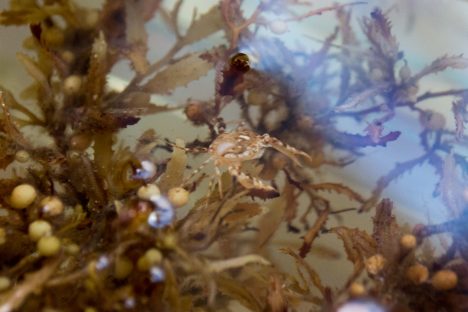
Image 1 | A crab living in the thicket of brown algae (Sargassum natans). (Photo: Johannes Werner)
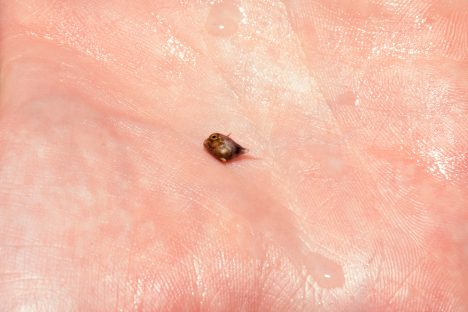
Image 2 | One of the residents in our self-made aquarium (about half a centimetre in length). (Photo: Johannes Werner)
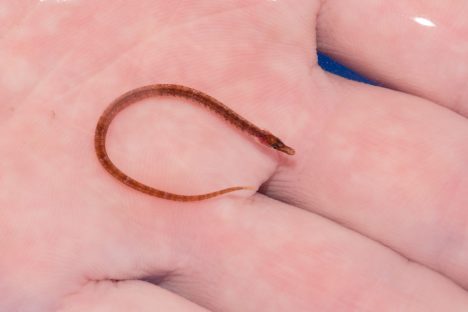
Image 3 | Another fish which is dependent on Sargassum in the open ocean: a member of the Syngnathidae (z.Dt. Seenadel). (Photo: Johannes Werner)
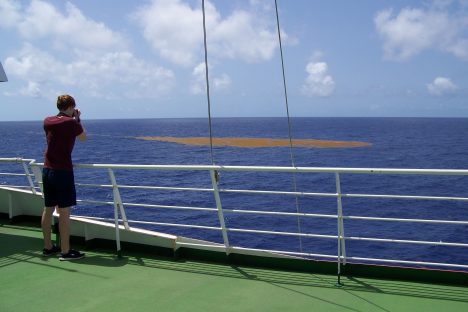
Image 4 | A large patch of Sargassum in the Atlantic Ocean, spanning an area of about 100 x 30 m. (Photo: Andreas Raeke)
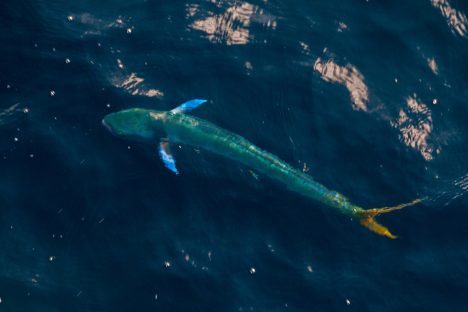
Image 5 | The mahi-mahi (Coryphaena hippurus) passing the ship. (Photo: Johannes Werner)
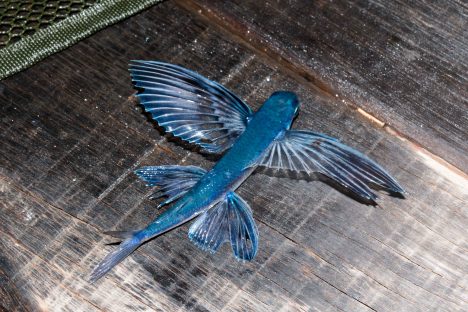
Image 6 | A flying fish laying on the deck. (Photo: Johannes Werner)
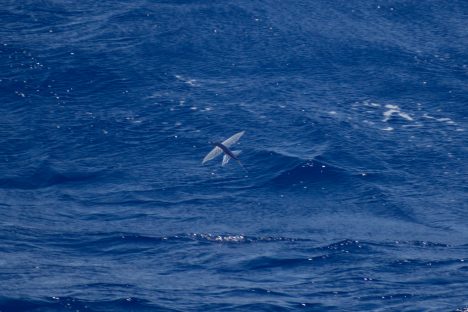
Image 7 | A flying fish in the Atlantic Ocean. (Photo: René Meissner)
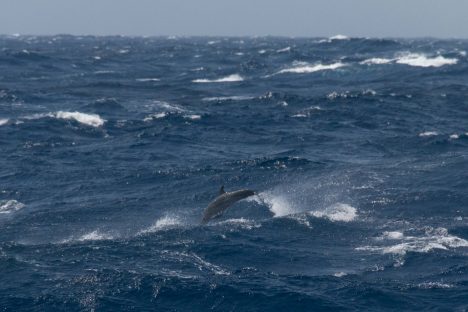
Image 8 | A dolphin appearing in the distance. (Photo: Johannes Werner)
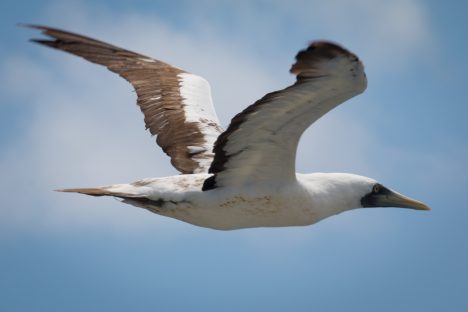
Image 9 | The Masked Booby (Sula dactylatra). (Photo: Johannes Werner)
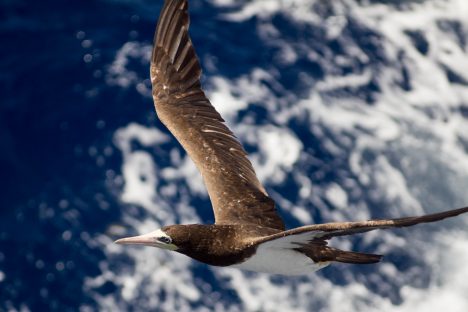
Image 10 | The Brown Booby (Sula leucogaster). (Photo: René Meissner)
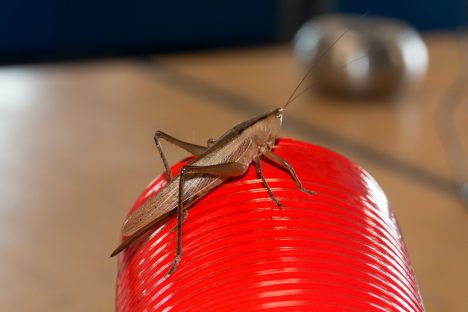
Image 11 | A grasshopper presumably from Panama is spending its holidays on the ship. (Photo: Johannes Werner)
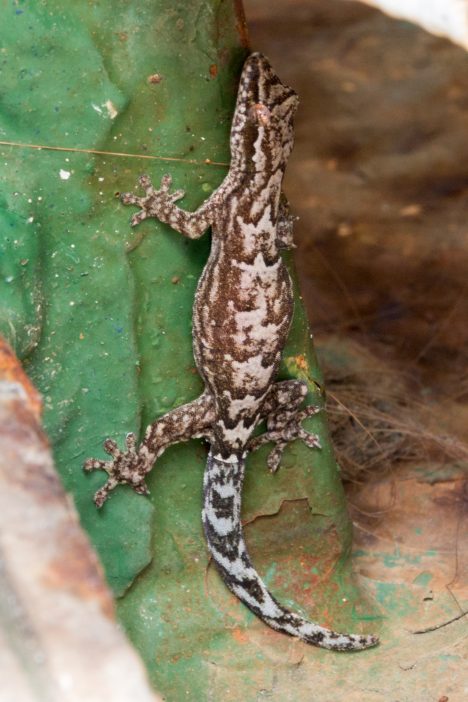
Image 12 | A gecko is living on the RV Meteor. (Photo: Johannes Werner)
Liebes M139-Team,
ein herzliches Dankeschön für die wunderbaren Beschreibungen der Etappen eurer Forschungsreise und ein riesiges Kompliment an die Fotographen für die tollen Aufnahmen! Ich wünsche allen – der Mannschaft und den Wissenschaftlern – eine weiterhin gute Reise und interessante, spannende Forschungsergebnisse, sowie viel Spaß in den Phasen “jenseits von Arbeit” auf der “Arche Meteor” 🙂
Grüße aus Heidelberg,
Karin Mombaur